Ever slammed your brakes and heard a horrifying scraping sound? That’s the kind of heart-dropping moment bad rotors can deliver. What many people don’t realize—especially if they’re not deep into car culture—is that brake rotors quietly take a hammering every time you stop your car. They deal with insane friction and high heat, yet most of us don’t think twice about them unless something feels off. Ignore your rotors, though, and you invite more than just annoying noises—bad rotors can mess with your stopping power at exactly the wrong moment. If you want to keep your commute drama-free and safe, it helps to know exactly how to spot the warning signs before your rotors wave the white flag.
How Brake Rotors Work and Why They Matter
Let’s start with what brake rotors actually do. They’re those flat, round metal discs you can sometimes spot behind your car's wheels. When you press the brake pedal, your brake pads squeeze against the rotors. This friction is what slows (and eventually stops) your wheels. Every stop—gentle or hard—works the rotors extra hard. In places like Auckland, with stop-and-go city driving and the occasional wet conditions, rotors can take an especially hard beating thanks to frequent braking, moisture, and road grit. It’s not rare for rotors to earn tiny war wounds in the form of scarring or rust—sometimes almost right out of the dealership.
Brake rotors can be vented, solid, or drilled. Each design tries to strike a balance between durability, cooling, and cost. Vented rotors are the go-to for most modern cars, packing internal vanes that move air through the disc for better cooling. Drilled rotors, seen on reps of performance or luxury cars, have holes drilled right through for heat and gas escape. But more holes can mean cracks if the material’s not up to the job. Even the best rotors have limits—most start to show wear anywhere between 40,000 and 100,000 km, though aggressive driving, heavy towing, or steep neighborhoods can shave those numbers way down.
Bad rotors throw off your entire braking system. If they’re warped, cracked, or too thin, you don’t get even contact with the pads. Braking distances shoot up, your pedal might act weird, and you might even get vibrations that shake the steering wheel or brake pedal. For drivers in hilly regions, or anyone carrying heavy loads (think the weekend DIY enthusiast or the parent with an endlessly packed SUV), the risks multiply. Knowing what to listen and feel for is just as vital as sticking to regular oil changes or tyre rotations.
Common Signs of Bad Rotors You Shouldn’t Ignore
The trouble with rotors is that early warning signs are easy to overlook or blame on something else. But some symptoms stand out once you know what to watch for. The first red flag? Noise. A high-pitched squeal or squeak when braking is usually the earliest hint, and it tends to grow louder over time. If you soldier on and ignore squealing, expect it to morph into an unmistakable grinding or scraping. This usually happens when the brake pads have worn down, exposing the metal beneath and letting it dig tiny gouges into the rotors. By the time you hear grinding, the damage isn’t just to the pads—you’re likely chewing into the rotors themselves.
Vibration or pulsation through the brake pedal is another classic sign. If it feels like your car’s got a pulse when stopping, your rotors could be warped. Warping happens from too much heat or uneven pad contact. Sometimes, if you just ran down a steep road and feel a new wobble, this isn’t a “maybe” sign. It usually means the rotor has been pushed beyond its limits, and it won’t fix itself. Regularly experiencing this in Auckland's hilly suburbs? Schedule a brake inspection pronto.
Then there’s the telltale shaking steering wheel. This can feel subtle at first, like a gentle buzz as you slow down. As rotors get worse, that buzz turns into an unmistakable shake that can make your hands numb. While it’s easy to chalk this up to wheel alignment or suspension problems, warped or unevenly worn rotors are notorious for making your steering feel like it's gone caffeinated when you hit the brakes.
Take a look through your wheel spokes, and you might spot another sign: visible scoring or grooves on the rotor surface. Rotors are meant to look smooth. If they look like someone’s dragged a metal file across them—or if you see deep ridges—it means the pads have been grinding contaminants or metal into the rotor. Even light surface rust can sometimes indicate the beginnings of a problem, especially if it’s stubborn and sticks around even after regular driving.
Extended stopping distances are a sneaky, dangerous symptom. If you find yourself having to press harder or longer to come to a stop, your rotors likely aren’t giving the pads enough “bite.” This is a less obvious warning, but probably the most important for safety. A split second can mean the difference between a close call and an accident, especially in wet conditions or heavy traffic.

What Causes Rotors to Go Bad?
Most rotors don’t fail overnight. It’s death by a thousand cuts: heat, friction, road chemicals, and lack of maintenance. City driving does a number on your rotors. Stop-and-go traffic is brutal because short bursts of high-speed braking don’t always allow enough cooling between stops. The result? Heat spots. When rotors overheat, their metal structure can actually change shape, leading to warping or hard spots. Warped rotors are notorious in performance cars too, but even an everyday family wagon can fall victim if it’s been hauling too much weight or descending steep slopes often.
The other big culprit? Cheap or poorly installed brake pads. Believe it or not, pads that are too hard or made from the wrong material can gouge, overheat, or even cause old-fashioned rust rings on rotor surfaces. If your last shop visit skipped proper bedding-in (a series of moderated stops that help the pad and rotor surface “marry” properly), expect uneven wear and, eventually, those infamous brake shudders. Many horror stories stem from mechanics rushing through brake jobs, slapping on new pads but skipping resurfacing or replacement of rotors when they’re just a hair too thin or rough already.
Living in coastal or rainy regions—like much of New Zealand—means you’ve got moisture and, sometimes, salty air creeping onto your brake hardware. Rotors that sit unused can rust fast. Daily driving usually clears light surface rust, but let your car sit a week in the rain and you might face pitted rotors that just don’t perform the way they used to. The irony? You spend good money on new rotors only to have them rust halfway through winter if you don't drive regularly. Road grit and sand—think trips to the beach or gravel driveways—gets trapped between the pad and rotor, acting like sandpaper over thousands of stops.
Last, but definitely not least, simple neglect. Putting off brake inspections, ignoring early symptoms, or using old brake fluid can all fast-forward your rotors’ descent into the danger zone. Regular brake fluid changes are often skipped, but that fluid pulls double duty: it keeps your pedal firm and prevents internal corrosion in the braking system. Over time, all it takes is one missed maintenance interval to set off a chain reaction ending with costly repairs or loss of braking power when you least expect it.
How to Check for Bad Rotors Yourself
You don’t need an engineering degree to catch most rotor problems early. Regularly checking your brakes can save time, money, and tons of stress. Here’s a simple routine:
- Listen Up: Start your car, roll down the window, and pay attention when you brake. Squealing, grinding, or rubbing noises on braking aren't "normal"—they’re your first hint.
- Test the Pedal: Get up to 30-40 km/h in a quiet area, then gently apply the brakes. Does the car stop smoothly, or do you feel pulsation or vibration? That “heartbeat” in the pedal is the classic rotor red flag.
- Peek Through the Wheels: As long as your wheels don’t have full covers, you can check rotors through the spokes. Look for grooves, rust, or uneven coloring. If the rotors are blue or purple, they've overheated.
- Feel the Wheel: If your steering wheel shakes slightly every time you brake, especially as you slow from higher speeds, that's a sign of uneven or warped rotors.
- Measure Thickness: If you’re handy, rotors can be measured with a simple digital caliper (they don’t cost much at auto shops). Compare your measurement with the minimum thickness stamped right on the rotor’s hub. Too thin? Time for a swap.
A note for DIYers: Always check both sides of the rotor. Lip or “ridge” build-up (a raised edge at the outer rotor rim) is a sure sign you’re overdue for new rotors. If you feel comfortable, jack up the car, remove the wheel, and run your finger gently over the rotor's surface. If you feel deep grooves or heavy roughness, you’ve got your answer.
Auckland's rainy months mean rotors might get surface rust overnight. This usually clears up with a few stops, but if it persists, or if the rotor never feels smooth, don’t just ignore it. For peace of mind, regular brake inspections by a trusted mechanic (ideally every six months or alongside tyre rotations) can catch trouble before it erupts. And don’t be shy to ask your mechanic for the actual rotor thickness numbers—good shops will show you their measurement compared to the minimum spec.

What to Do When You Spot Bad Rotors
If you notice any of the warning signs above, take action fast. Driving on bad rotors isn’t just risky—it costs more over time. Damaged rotors quickly chew up brake pads, causing both to wear out far faster. Even worse, you risk brake fade or total failure, especially if you’re facing an emergency stop during a downpour or while towing.
- Book an Inspection: If you spot classic symptoms—vibration, grinding, or visual grooves—don’t wait for that annual service. Book a brake inspection soon as possible.
- Don't Settle for Cheap Fixes: Some shops promise quick pad swaps to "quiet things down," skipping rotor resurfacing or replacement. Rotors once deeply grooved or below minimum thickness need to be replaced—not patched.
- Consider Your Driving Style: Aggressive drivers, folks who tow, or anyone living in a hilly suburb should check their brakes more often. Keeping it gentle on the pedal, planning stops in advance, and not riding the brakes downhill can nearly double your rotor life.
- After-Service Tip: New rotors (and pads) need to be bedded in, which just means a series of gentle stops to form the perfect contact surface and avoid future judder. Don’t skip this step—ask your mechanic, or do it yourself on a quiet road.
- Stay Proactive: Set reminders for brake checks every six months. If driving in NZ’s winter rain or leaving your car parked for long spells, check for corrosion more often to stay ahead of problems.
Here’s something most people don’t know: Even within the same car make and model, rotor prices and lifespans can vary wildly depending on brand and quality. Going for original (OEM) parts nearly always means better quality control and longer life, but several aftermarket brands have caught up with high-quality metallurgy and smart venting designs. Researching which rotors fit your car best and asking other drivers for real-world feedback can help you avoid painful repeat visits to the workshop.
Ignoring bad rotors is like playing with fire. The lucky few only waste money; others wind up with fender benders or total brake system replacements. For peace of mind, a brake inspection takes less than an hour and can save way more than just cash—it could save you and your passengers a hospital visit.

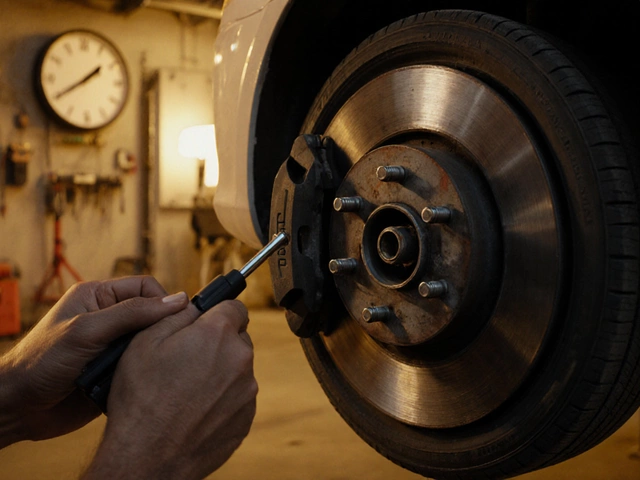
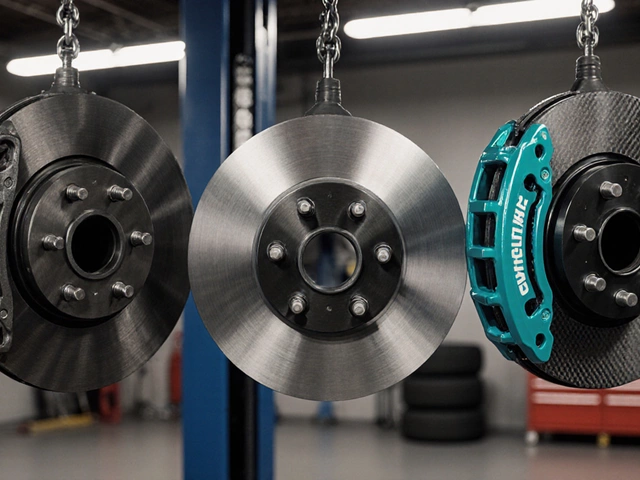
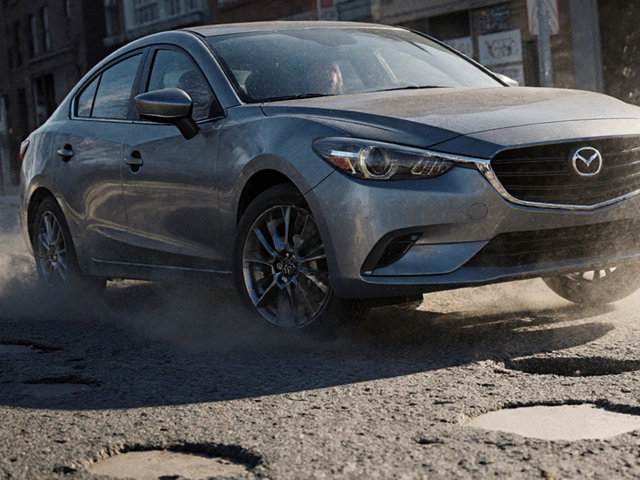
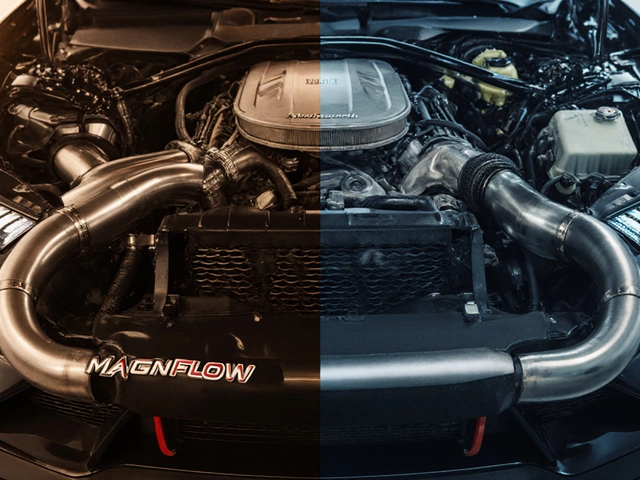


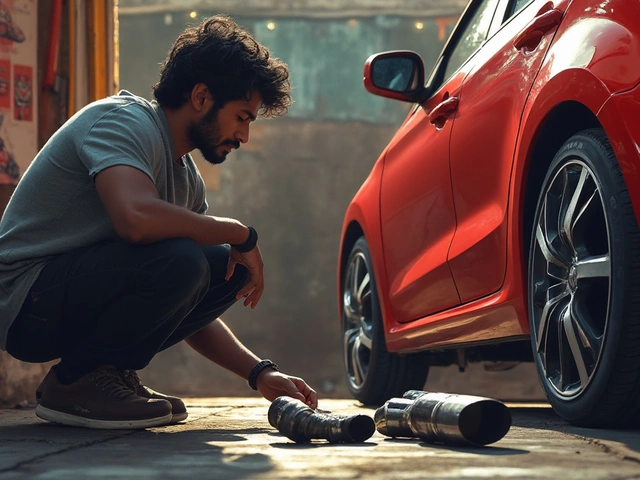

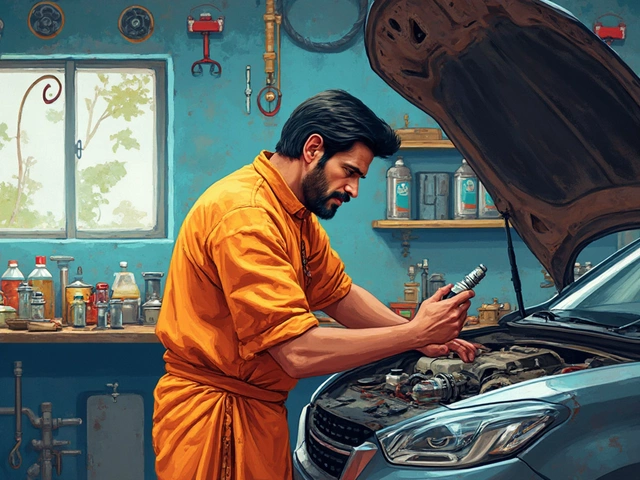
Write a comment